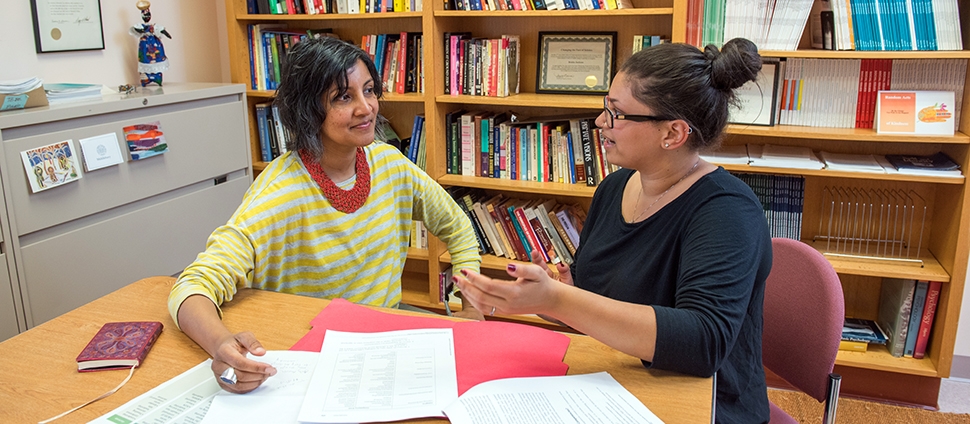Cohort Effects in Children's Delay of Gratification
Document Type
Article
Publication Date
8-2018
Publication Title
Developmental Psychology
Abstract
In the 1960s at Stanford University’s Bing Preschool, children were given the option of taking an immediate, smaller reward or receiving a delayed, larger reward by waiting until the experimenter returned. Since then, the “Marshmallow Test” has been used in numerous studies to assess delay of gratification. Yet, no prior study has compared the performance of children across the decades. Common wisdom suggests children today would wait less long, preferring immediate gratification. Study 1 confirmed this intuition in a survey of adults in the U.S. (N = 354; Median age = 34 years). To test the validity of this prediction, Study 2 analyzed the original data for average delay-of-gratification times (out of 10 min) of 840 typically developing U.S. children in three birth cohorts from similar middle- high socioeconomic backgrounds in the late 1960s, 1980s, and 2000s, matched on age (3-5 years) at the time of testing. In contrast to popular belief, results revealed a linear increase in delay over time (p < .0001, ������ = .047), such that children in the 2000s waited on average 2 min longer than children in the 1960s, and 1 min longer than children in the 1980s. This pattern was robust with respect to age, sex, geography and sampling effects. We posit that increases in symbolic thought, technology, preschool education, and public attention to executive function skills have contributed to this finding, but caution that more research in diverse populations is needed to examine the generality of the findings and to identify causal factors.
Keywords
Delay of Gratification, Marshmallow Test, Executive Function, Self-regulation, Cohort Effect, Preschool
Volume
54
Issue
8
First Page
1395
Last Page
1407
DOI
dx.doi.org/10.1037/dev0000533
ISSN
1939-0599
Recommended Citation
Carlson, Stephanie M.; Shoda, Yuichi; Ayduk, Ozlem; Aber, Lawrence; Schaefer, Catherine; Sethi, Anita; Wilson, Nicole; Peake, Philip K.; and Mischel, Walter, "Cohort Effects in Children's Delay of Gratification" (2018). Psychology: Faculty Publications, Smith College, Northampton, MA.
https://scholarworks.smith.edu/psy_facpubs/10


